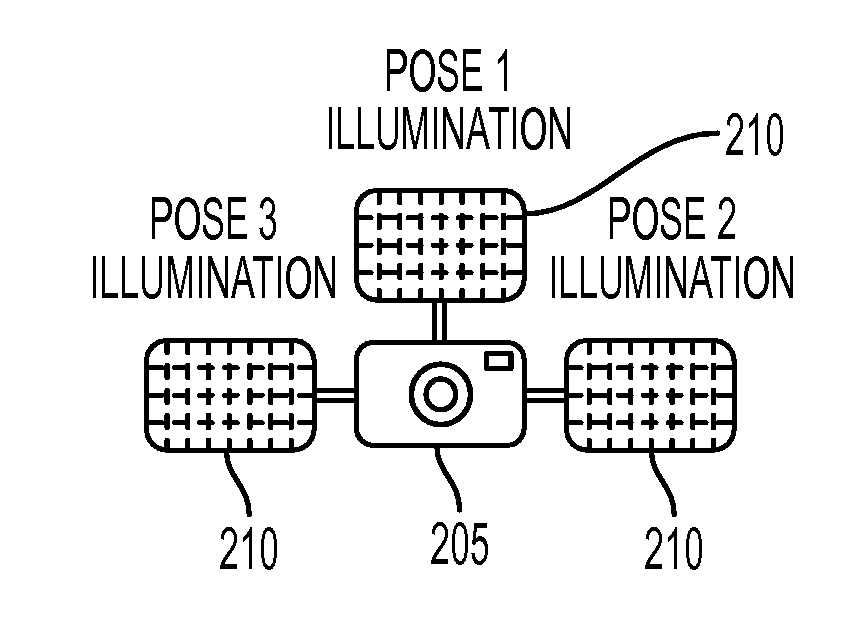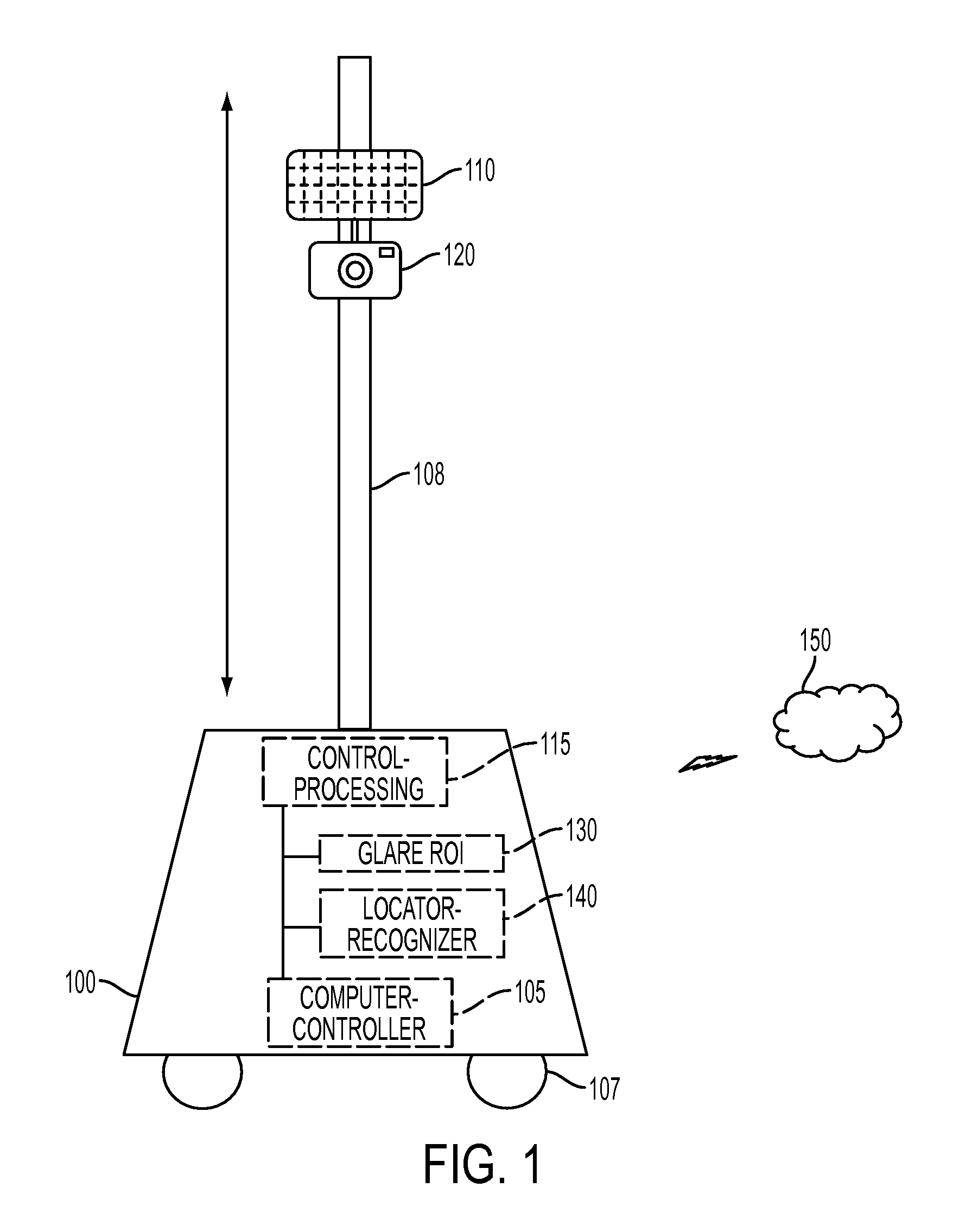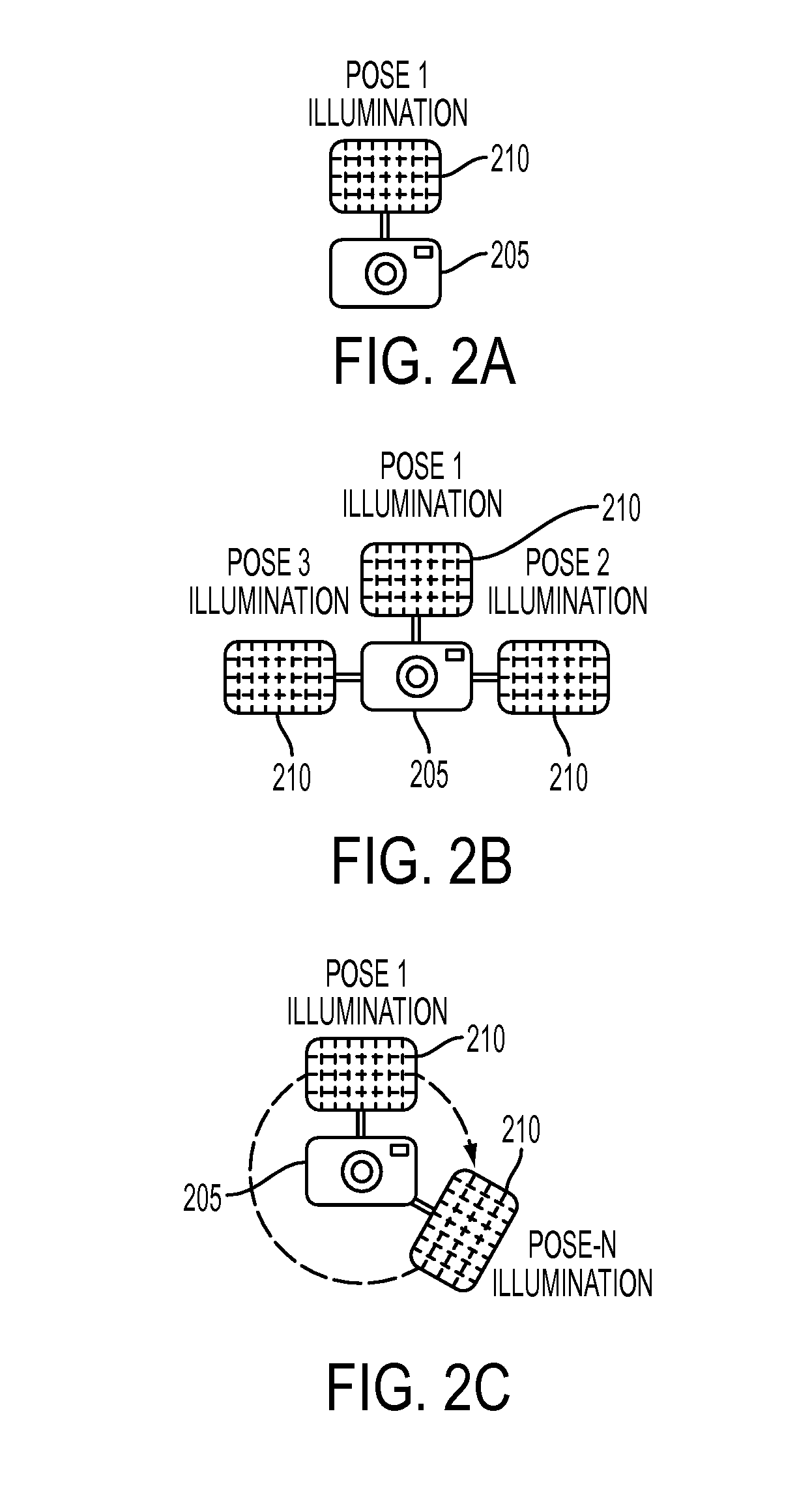Printed tag information recognition using multi-pose illumination to mitigate glare
a technology of printed tag information and illumination, applied in image enhancement, image analysis, instruments, etc., can solve the problems of barcode recognition, glare can impede or reduce the recognition of printed tag information, and further exacerbate problems, so as to improve the recognition effect of printed tag information and reduce the effect of glar
- Summary
- Abstract
- Description
- Claims
- Application Information
AI Technical Summary
Benefits of technology
Problems solved by technology
Method used
Image
Examples
Embodiment Construction
[0020]Due to the prevalence of surveillance cameras and the increasing interest in data-driven decision-making for operational excellence, several technical initiatives are currently focused on developing methods of collecting / extracting image-based and / or video-based analytics. In particular, but without limiting the applicable scope of the present invention, there is a desire by industry to bring new image-based and video-based technologies into retail business settings. An example is wherein image- and video-based technologies are being used that include store shelf-product imaging and identification, spatial product layout characterization, barcode and SKU recognition, auxiliary product information extraction, and panoramic imaging of retail environments.
[0021]Without unnecessarily limiting the scope of the present invention to retail uses, there are, for example, a large number of retail chains worldwide and across various market segments, including pharmacy, grocery, home impr...
PUM
 Login to View More
Login to View More Abstract
Description
Claims
Application Information
 Login to View More
Login to View More - R&D
- Intellectual Property
- Life Sciences
- Materials
- Tech Scout
- Unparalleled Data Quality
- Higher Quality Content
- 60% Fewer Hallucinations
Browse by: Latest US Patents, China's latest patents, Technical Efficacy Thesaurus, Application Domain, Technology Topic, Popular Technical Reports.
© 2025 PatSnap. All rights reserved.Legal|Privacy policy|Modern Slavery Act Transparency Statement|Sitemap|About US| Contact US: help@patsnap.com



